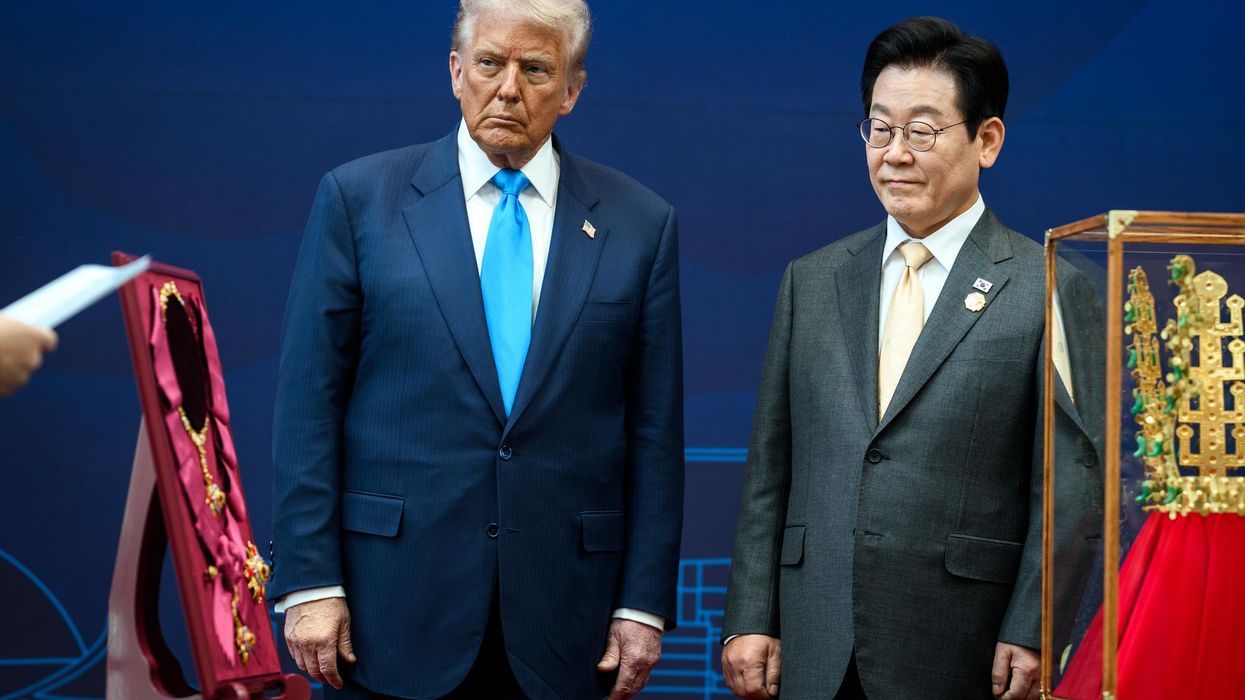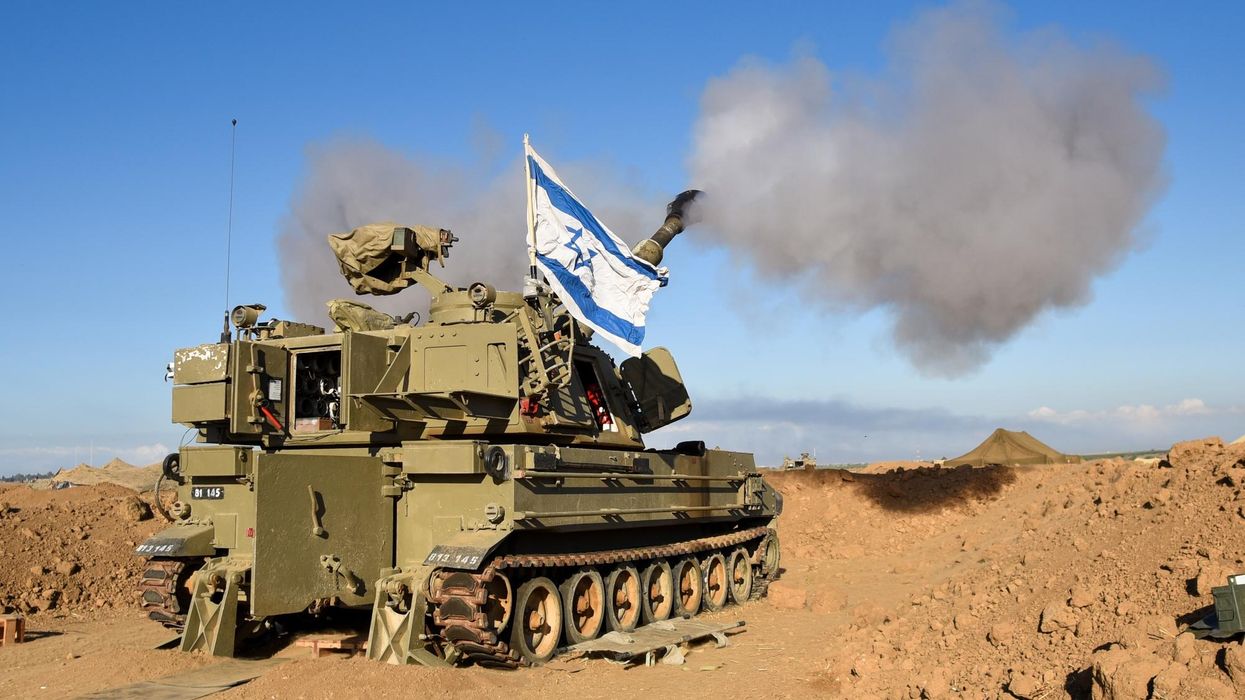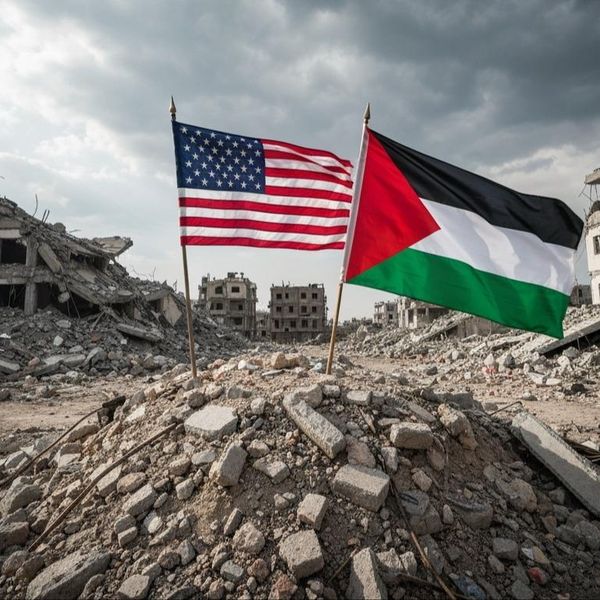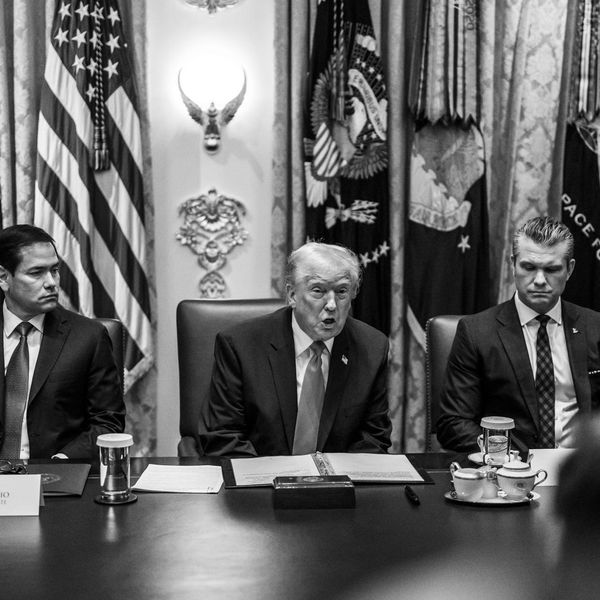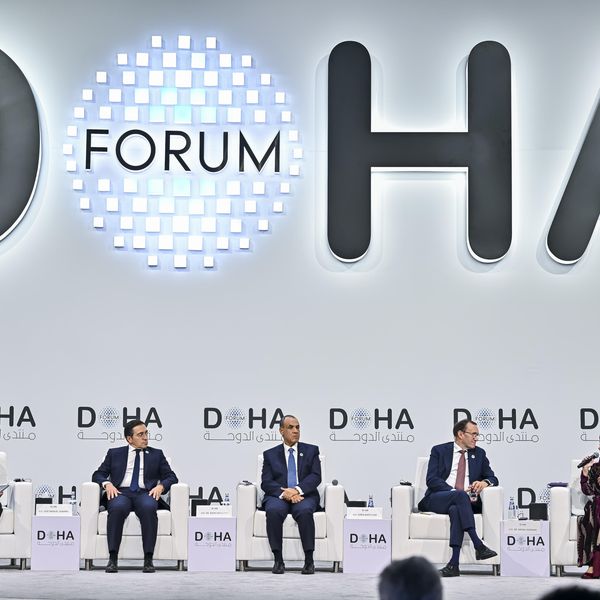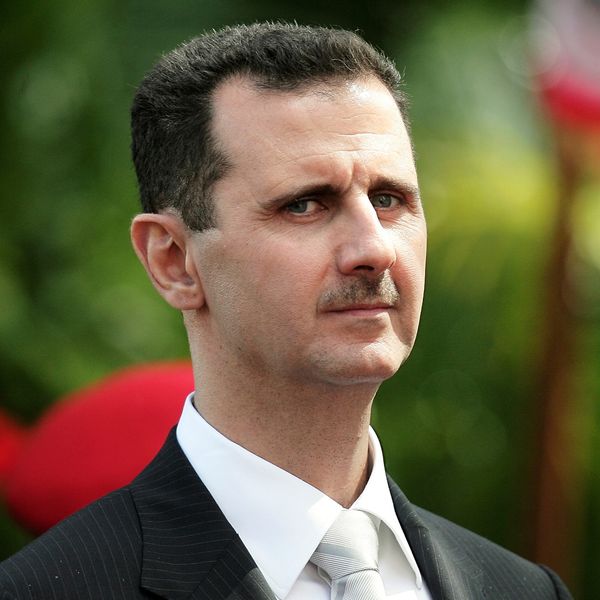Saudi Arabia may have been getting more than it bargained for when authorities in Khujand, Tajikistan’s second largest city, ordered that the city’s largest and most popular mosque be converted into a cinema.
The order followed the closure of some 2,000 mosques in the country in the last three years and the arrest last month of scores of Muslim clerics and teachers, many of whom were accused of being members of the Muslim Brotherhood, a group that is banned in both Tajikistan and the kingdom.
Fewer men sport beards in Tajikistan after being harassed by police, while women in hijabs are far and few between after many were detained and intimidated.
Imams deliver sermons praising President Emomali Rahmon that are approved by authorities, reinforcing his effort to cloak himself in Islamic legitimacy despite the crackdown.
Larger mosques are equipped with surveillance cameras to ensure prayer leaders stick to their texts.
The arrests no doubt will have pleased Saudi leaders who stepped in to help Tajikistan financially in 2015 as the country’s relationship with Iran soured over Iranian demands that Tajikistan pay down its huge debt, allegations that a businessman charged with fraud in the Islamic republic had deposited large sums of money in the National Bank of Tajikistan, and a meeting between Iranian spiritual leader Ayatollah Ali Khamenei and a Tajik opposition leader.
As relations with Saudi Arabia improved and Saudi Arabia pledged to pump money into infrastructure projects like the Rogun hydroelectric power plant and a highway in eastern Tajikistan as well as education, Tajikistan accused Iran of involvement in the murder of Tajik social and political figures as well as 20 Russian military officers during the 1990s Tajik civil war, which Iran helped bring to an end.
Tajik authorities also closed down an Iranian trade and cultural center in Khujand and helped block Iran’s application to become a member of the China-led Shanghai Cooperation Organization (SCO). Iran is an observer at the SCO.
Developments in Tajikistan, however, no longer look all that good from a Saudi perspective and bode ill for the kingdom elsewhere in Central Asia. In fact, the more than four years of strained relations between Tajikistan and Iran have made way for quickly warming ties.
Driving the patching up of differences is the fact that landlocked Tajikistan, like its neighbour, Uzbekistan, needs access to ports and Iranian ports, including the Indian-backed one in Chabahar at the top of the Arabian Sea, offer the cheapest and shortest transportation options.
Iran’s attractiveness to Central Asian nations increases the Islamic Republic’s importance to the Belt and Road, China’s infrastructure, transportation and energy-driven initiative to connect the Eurasian landmass to Beijing.
There is an element of irony in the Saudi-backed crackdown on mosques and clerics in Tajikistan. That was long the preserve of Uzbek president Islam Karimov, whose state security services tightly controlled religion under the guise of combating Islamic extremism, until his death in 2016.
Mr. Karimov’s successor, Shavkat Mirziyoev, has promised to reverse his predecessor’s repressive policies and put his government "at the service" of the Uzbek people.
Mr. Mirziyoev’s reforms included emasculating the security service's Religious Committee, by ending its oversight of all religious education, publications, and gatherings, and sacking its supervisor, Aydarbek Tulepov, without replacing him.
Mr. Mirziyoev has also created an academy of higher Islamic learning that is operated by the state-run Spiritual Directorate of Muslims of Uzbekistan.
Meanwhile, delegations of Saudi businessmen visited Uzbekistan twice last year to explore investment opportunities.
Saudi Arabia’s textiles-focussed Ajlan & Bros Holding Group plans to invest over the next five years up to US$2 billion in an Uzbek cotton-textile cluster.
Already a vital node for Uzbek exports and imports, Iran is nonetheless written all over Mr. Mirziyoev’s transportation infrastructure plans. A decree issued in late 2017 identified as key to the plans the Uzbekistan-Turkmenistan-Iran-Oman. China-Kyrgyzstan-Uzbekistan, and three Trans-Afghan corridors.
The three Afghan corridors take a rail line connecting Uzbekistan’s Termez to Afghanistan’s Mazar-i-Sharif as their starting point. Uzbek plans envision the rail line being extended to the Afghan city of Herat from where it would branch out to Iran’s Bandar Abbas port, Chabahar; and Bazargan on the Iranian-Turkish border.
The Central Asian focus on Iranian ports, despite harsh US sanction, takes on added significance with the Chinese-backed Pakistani port of Gwadar, a mere 70 kilometres down the coast from Chabahar, a Belt and Road crown jewel at the core of the China Pakistan Economic Corridor (CPEC), running into problems.
China Ocean Shipping Company (COSCO) recently terminated its container liner services between Karachi and Gwadar because of a lack of cargo destined for transit to Afghanistan.
Zhang Baozhong, chairman of China Overseas Port Holding Company (COPHC), insisted that transit trade was key to Gwadar’s success.
Port authorities said last month that two 20-foot containers containing 54 tonnes of bagged fertilizers had been shipped to Gwadar from Karachi for onward transport to Afghanistan in what amounted to an effort to kickstart transit trade.
This article has been republished with permission from The Turbulent World of Middle East Soccer.


